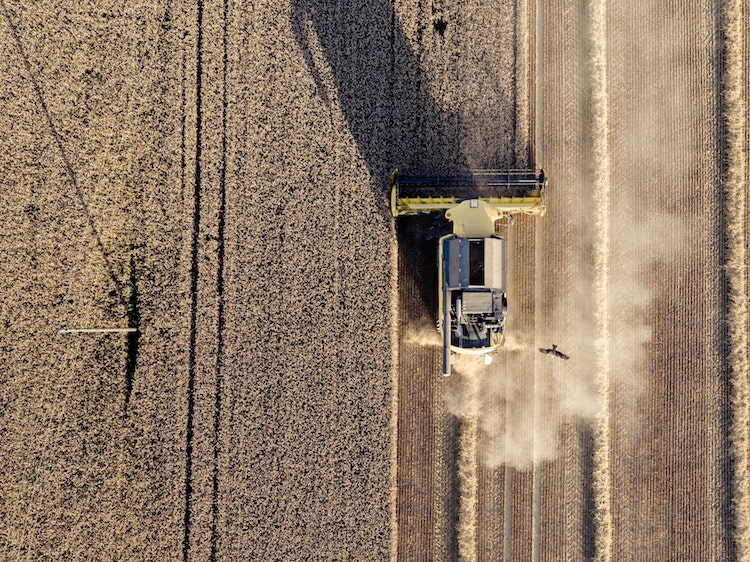Fugitive Dust Basic

Reading Guide
Fugitive Dust Sources
(From the U.S. EPA)
Significant atmospheric dust arises from the mechanical disturbance of granular material exposed to the air. Dust generated from these open sources is termed "fugitive" because it is not discharged to the atmosphere in a confined flow stream.
(From the South Coast Air Quality Management District)
The "fugitive dust" category encompasses five general areas of fugitive dust emissions, including 1) construction and demolition, 2) materials handling, 3) paved roads, 4) unpaved roads, and 5) storage piles. Agricultural tilling operations also create fugitive dust in rural areas.
The above-listed South Coast Air Quality Management District link has tables (Tables XI-A through XI-E) that compile fugitive dust mitigation measures. A summary describing the type of information provided in the tables and how to use the data to quantify emission reductions from fugitive dust sources can be viewed by clicking the "Fugitive Dust Overview" link on that page.
For the above sources of fugitive dust, the dust-generation process is caused by 2 basic physical phenomena: 1) Pulverization and abrasion of surface materials by application of mechanical force through implements (wheels, blades, etc.); 2) Entrainment of dust particles by the action of turbulent air currents, such as wind erosion of an exposed surface by wind speeds over 19 kilometers per hour (km/hr) (12 miles per hour [mph]).
(From the Kentucky Energy and Environment Cabinet)
Although generally not toxic, fugitive dust can cause health problems, alone or in combination with other air pollutants. Infants, the elderly and people with respiratory problems, such as asthma or bronchitis, are the most likely to be affected. In addition, not controlling fugitive dust at a worksite can create more hassle for the worksite foreman in response to complaints from neighbors, paperwork, fines and inspections from regional field office branches.
More information on miscellaneous sources of fugitive dust can be found in the U.S. EPA's document AP 42, Fifth Edition, Volume I, Chapter 13: Miscellaneous Sources. This document covers topics such as 1) Paved Roads, 2) Unpaved Roads, 3) Heavy Construction Operations, 4) Aggregate Handling and Storage Piles, 5) Industrial Wind Erosion, and 6) Abrasive Blasting.
Controlling Fugitive Dust Emissions
- Fugitive Dust Control at Construction Sites
- Fugitive PM10 Prohibitions Requirements on Paved and Unpaved Public Roads
- Products Available for Controlling Dust
- Dust Palliative Selection and Application Guide
- PM10-Efficient Street Sweepers
- Prevention, Abatement and Control
- Examples of Fugitive Dust Control Plan:
Guide prepared by P. Zannetti (5/2021). For corrections or expansions please contact us.